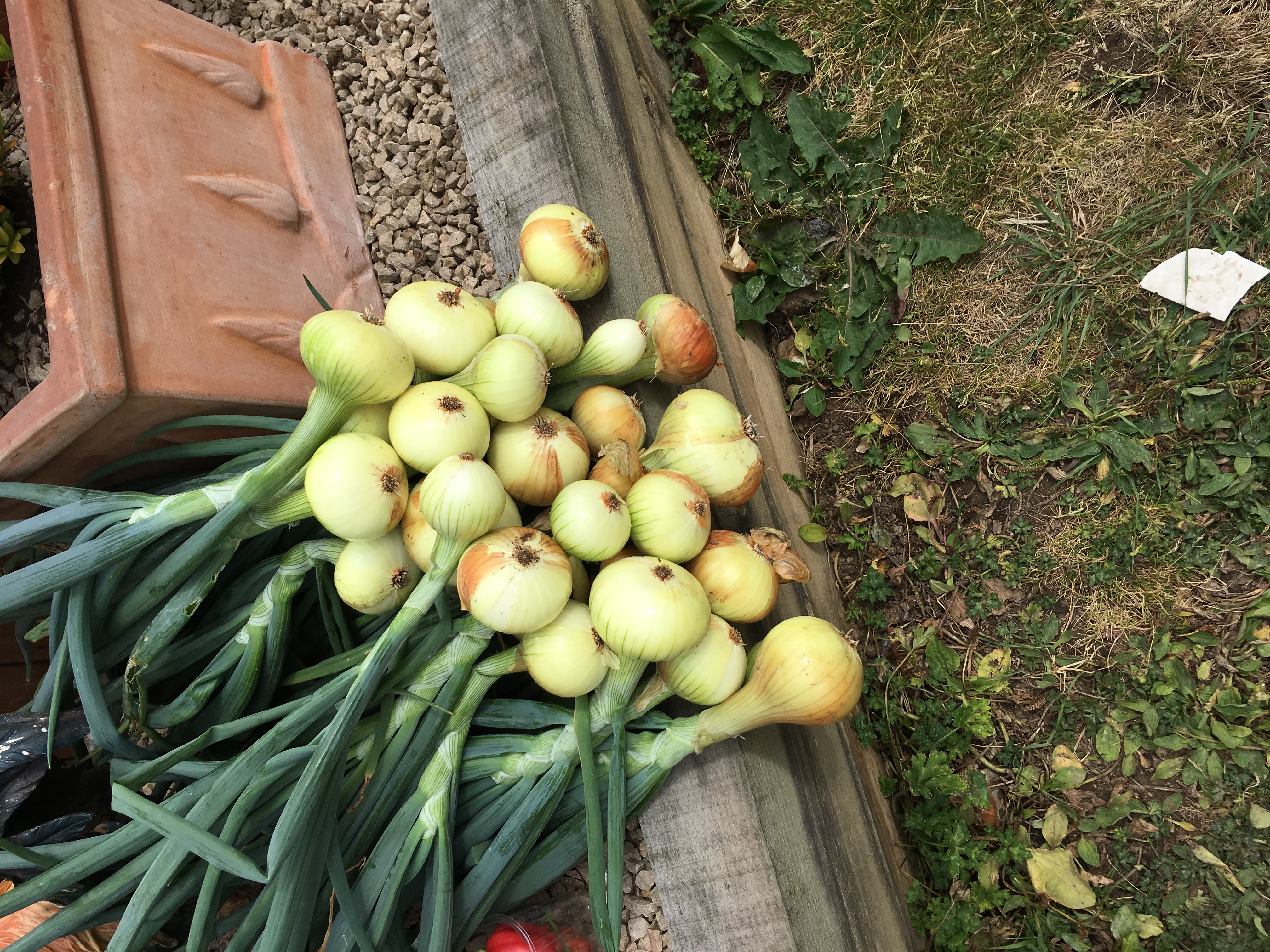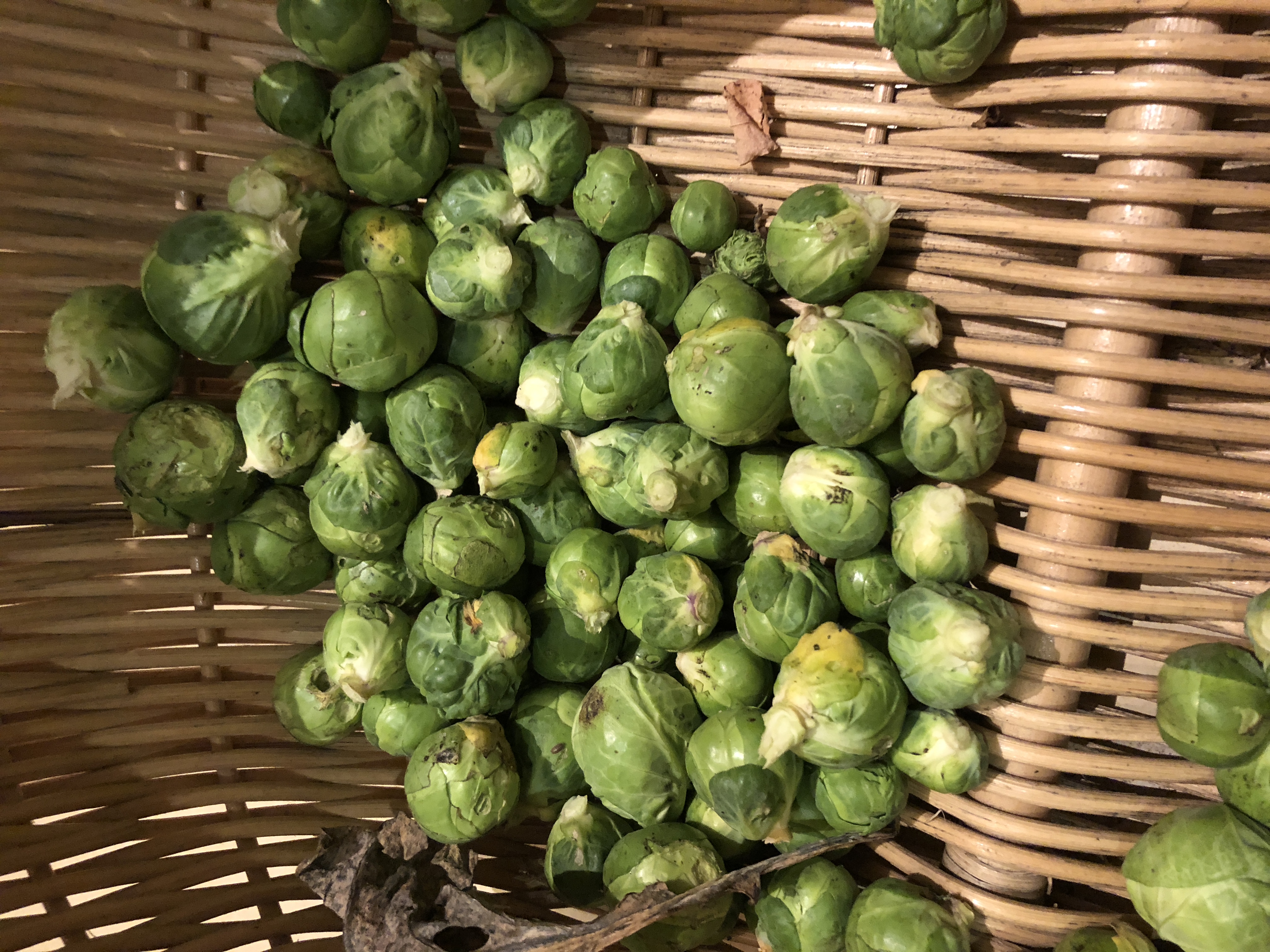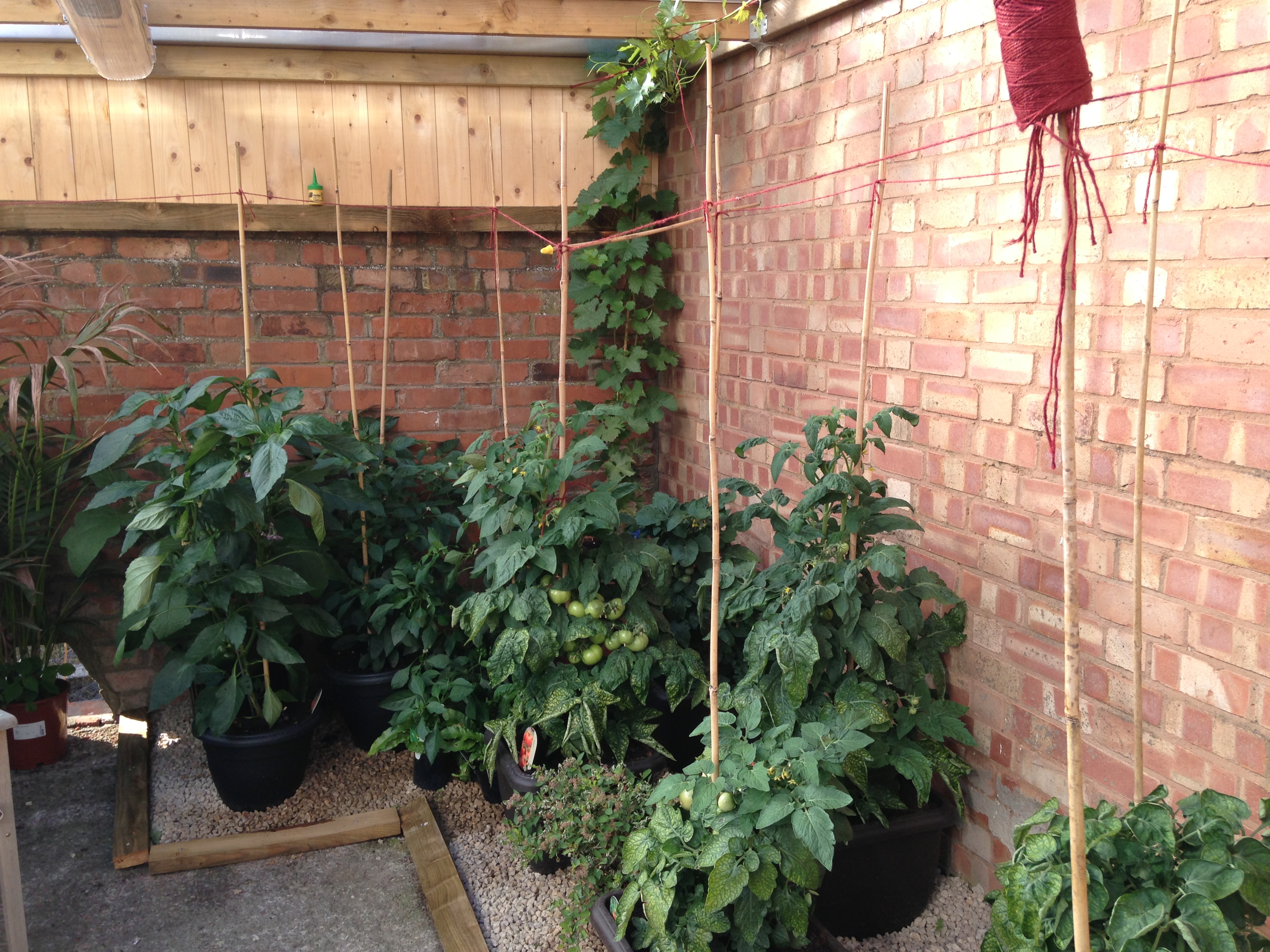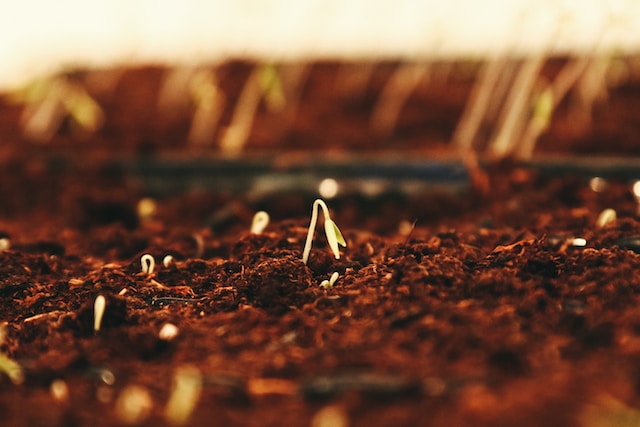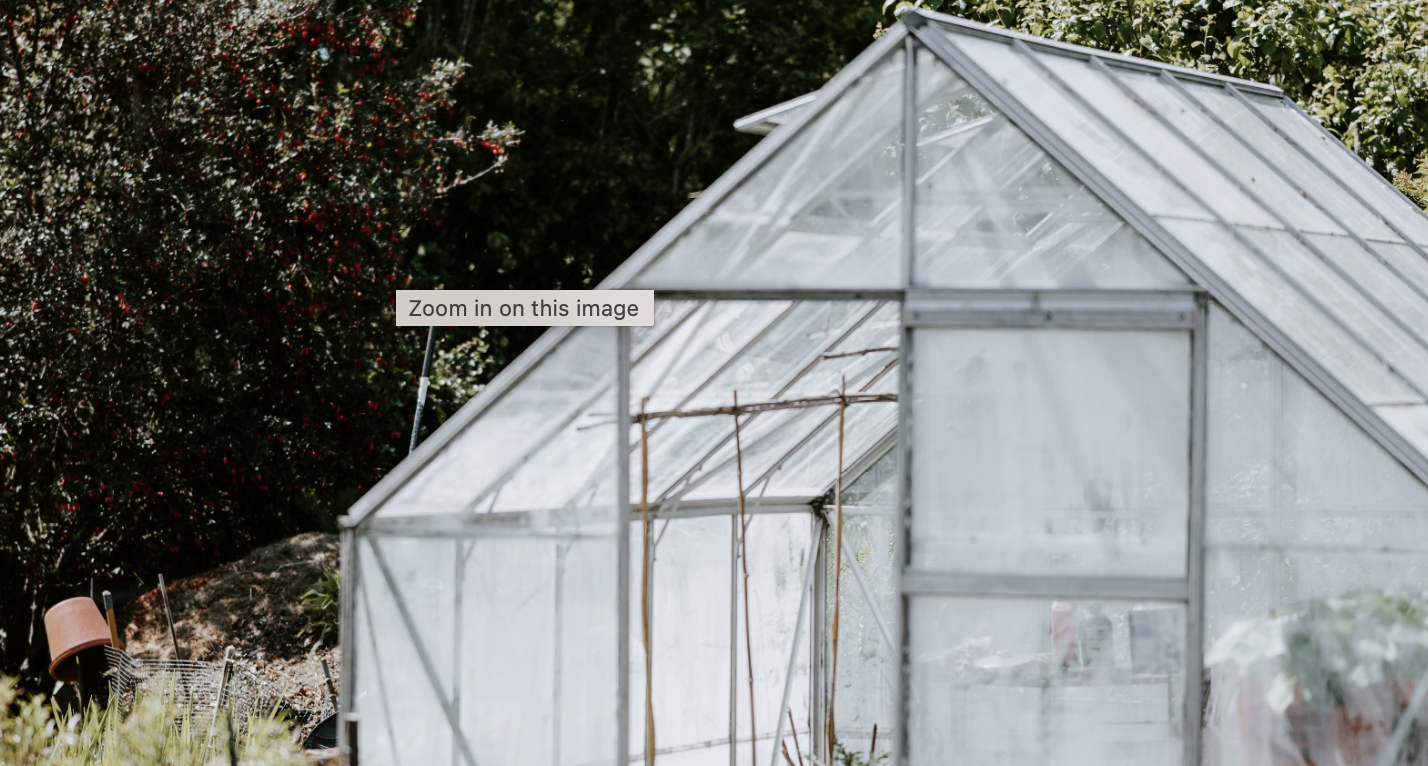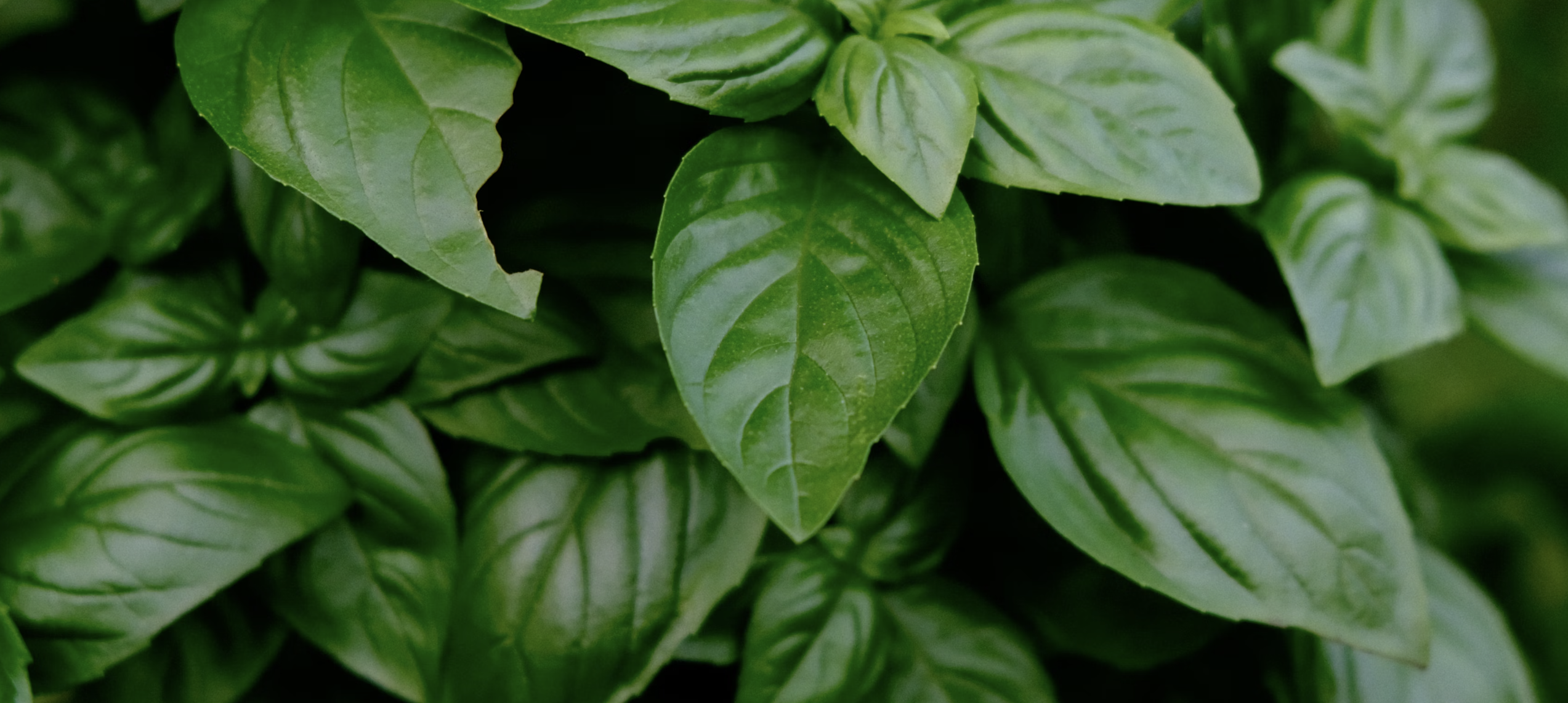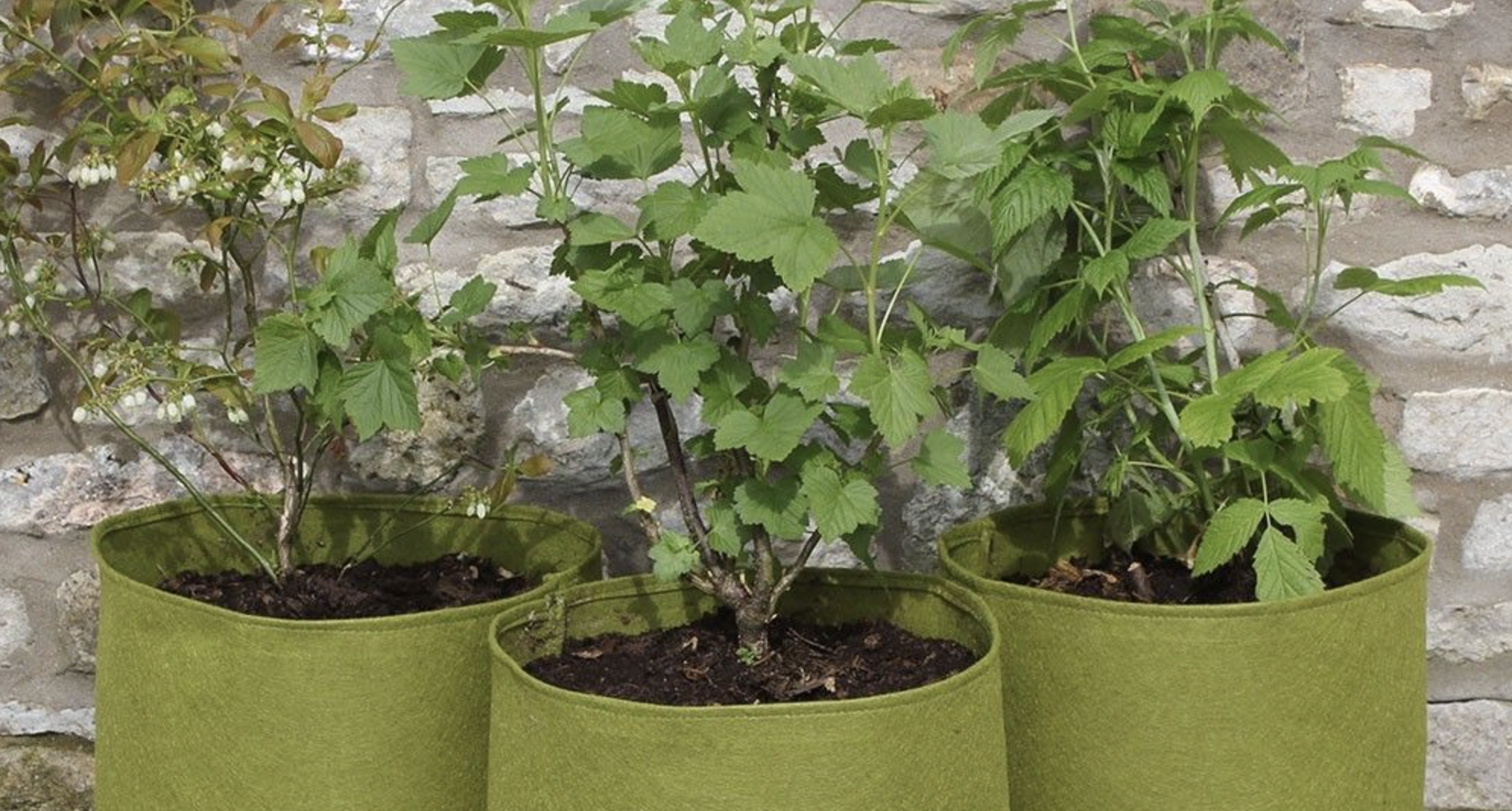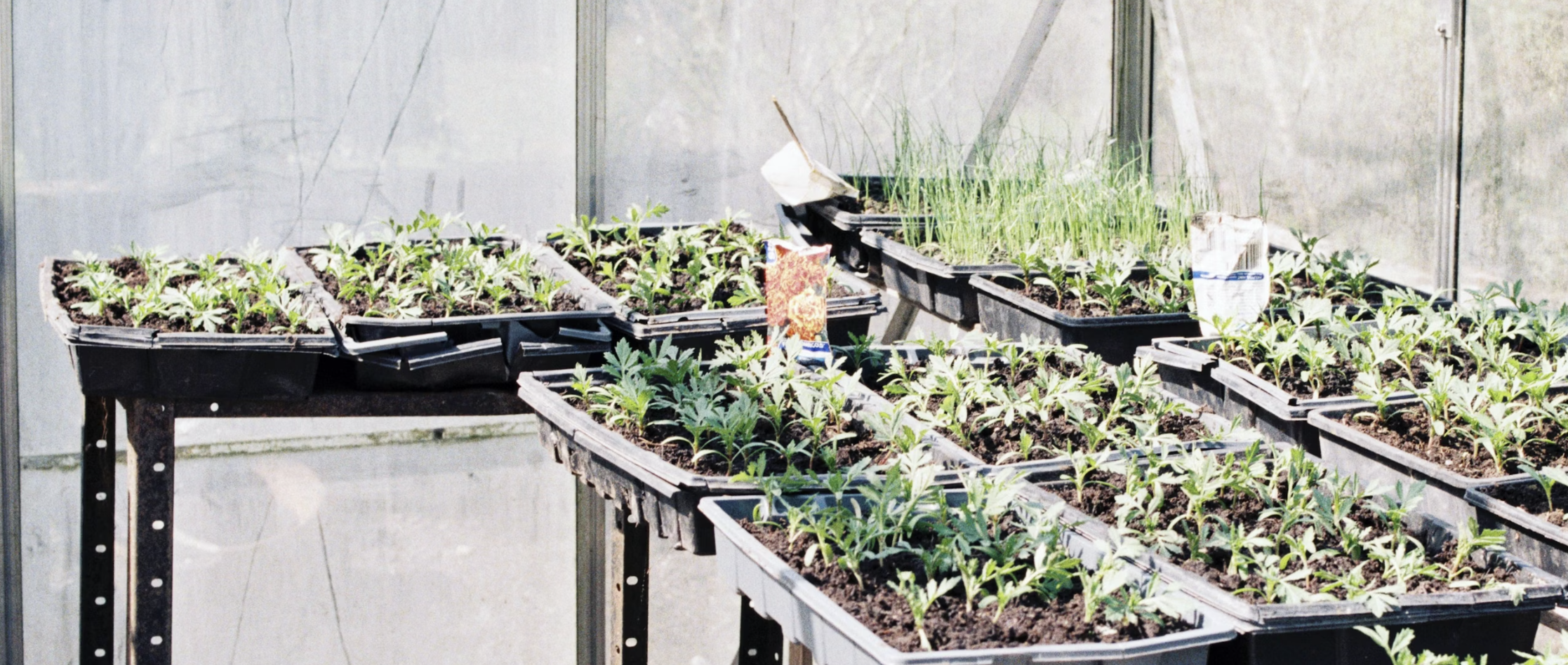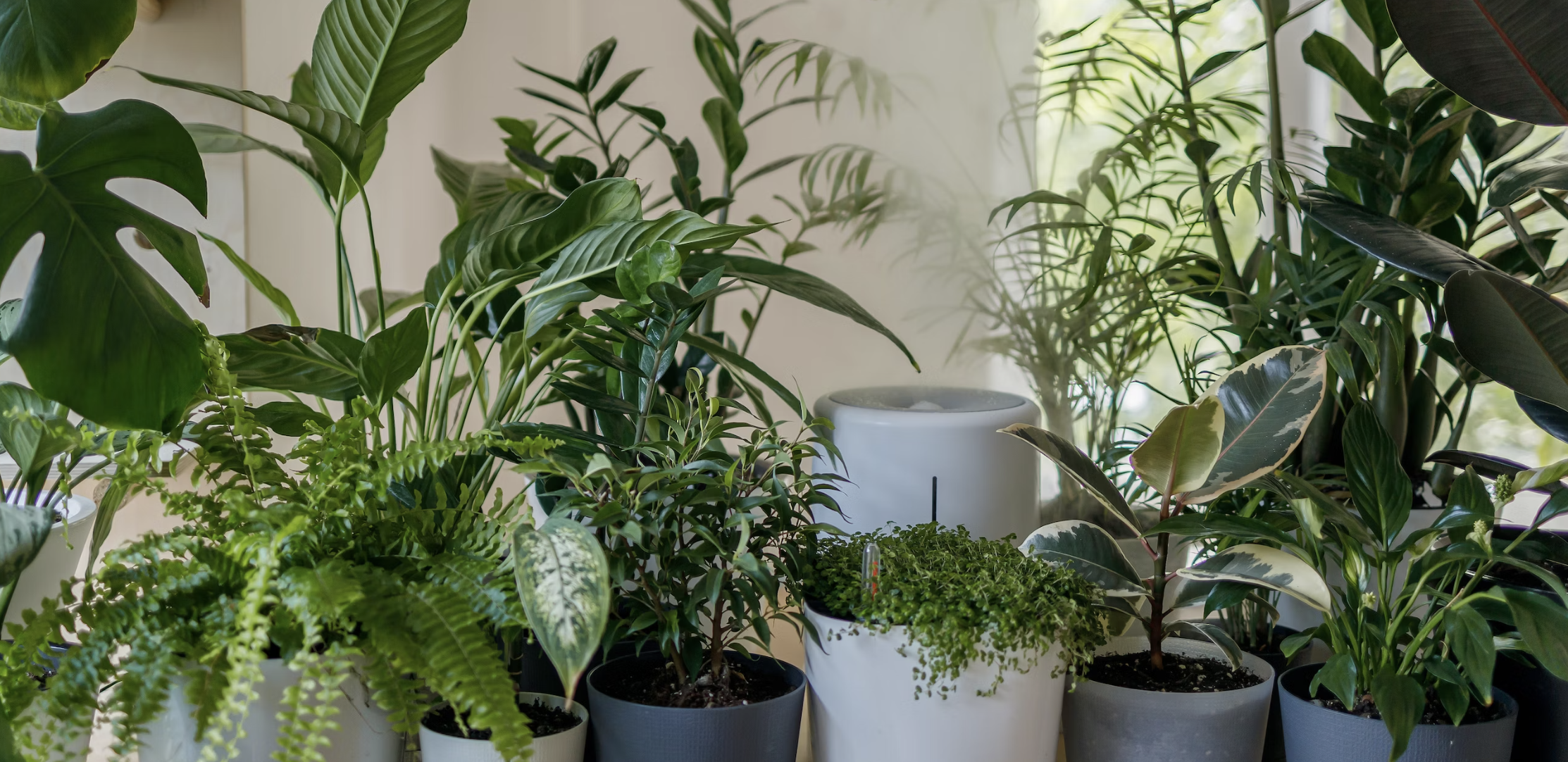
Are you ready to take your allotment garden to the next level? Look no further - our ultimate guide has got you covered. Whether you're a seasoned gardener or just starting out, this comprehensive resource will equip you with the knowledge and strategies you need to maximize your garden's potential.
From planning and designing your plot to selecting the right plants and optimizing soil health, we've got expert advice that will help you achieve abundant harvests year after year. We'll also delve into effective pest control methods, watering techniques, and even explore the benefits of companion planting.
At My Vegetable Garden, we understand the importance of sustainability and self-sufficiency. That's why we've created this guide to help you make the most of your allotment garden, respecting the limits of your time, space, and resources.
Get ready to transform your allotment into a flourishing haven of fresh produce. Let's dig in and discover the secrets to growing a bountiful and beautiful garden that will leave your neighbors green with envy.
Benefits of having an allotment garden
Allotment gardening has gained popularity in recent years, and for good reason. Having your own plot of land to cultivate can bring a multitude of benefits. First and foremost, it allows you to have control over the quality and freshness of the produce you consume. Growing your own fruits, vegetables, and herbs ensures that you have access to healthy, organic options without any harmful pesticides or chemicals.
In addition to the health benefits, allotment gardening also provides a great opportunity for physical activity and stress relief. Spending time outdoors, tending to your plants, and connecting with nature can have a positive impact on your mental well-being. It's a chance to escape the hustle and bustle of everyday life and find solace in the simplicity of gardening.
Another advantage of having an allotment garden is the sense of community it fosters. Allotment sites often bring together people who share a common interest in gardening. This creates a vibrant community where knowledge and experiences are shared, friendships are formed, and support is readily available. It's a place where you can learn from others, exchange tips and tricks, and celebrate the joys of gardening together.
Planning your allotment garden
Before you dive into the world of allotment gardening, it's important to have a solid plan in place. Start by assessing the available space and understanding its limitations. Take into account factors such as sunlight exposure, soil quality, and drainage. This will help you determine what types of plants will thrive in your allotment garden.
Next, consider the layout and design of your plot. Divide it into different areas to accommodate various plant types and maximize space. You may want to create raised beds, install trellises for climbing plants, or incorporate vertical gardening techniques. By strategically planning your allotment garden, you can make the most of the available area and create an efficient and visually appealing space.
When planning, it's also crucial to think about crop rotation. This involves changing the location of different plant families each year to prevent the buildup of pests and diseases. By rotating crops, you can maintain soil health and productivity over the long term. Keep a record of what you plant each year to ensure a proper rotation cycle.
Choosing the right plants for your allotment garden
Selecting the right plants is key to maximizing your allotment garden's potential. Consider your climate, soil type, and available space when choosing what to grow. Opt for varieties that are well-suited to your local conditions and have a good track record of success in your area.
When it comes to vegetables, focus on high-yielding and fast-growing varieties. This will ensure a bountiful harvest and allow you to make the most of your garden space. Consider planting a mix of crops with different maturity dates to stagger your harvest and prolong the availability of fresh produce.
In addition to vegetables, don't forget about herbs, fruits, and flowers. Herbs can add flavor to your meals and have medicinal properties, while fruits and flowers can provide beauty and attract pollinators. Be sure to choose plants that complement each other and create a diverse ecosystem within your allotment garden.
Maximizing space in your allotment garden
Space is often a precious commodity in allotment gardens, so it's important to make the most of every square inch. One effective way to maximize space is by practicing vertical gardening. This involves growing plants upwards on trellises, fences, or walls, instead of spreading them horizontally. Vertical gardening not only saves space but also adds visual interest to your garden.
Another technique to maximize space is intercropping or companion planting. This involves growing different plant species together in close proximity, taking advantage of their complementary growth habits and pest-repelling properties. For example, planting marigolds alongside tomatoes can deter harmful insects, while growing lettuce under taller plants can provide shade and conserve moisture.
Raised beds are another great option for maximizing space in your allotment garden. They allow you to create defined growing areas and provide better control over soil quality and drainage. Raised beds also make it easier to reach your plants, reducing the need for excessive bending and kneeling.
Efficient watering and irrigation techniques for your allotment garden
Water is a precious resource, and efficient watering techniques are essential for a thriving allotment garden. One simple way to conserve water is by mulching. Mulch helps retain moisture in the soil, prevents weed growth, and regulates soil temperature. Organic materials such as straw, wood chips, or compost can be used as mulch.
Drip irrigation systems are another effective way to save water and ensure that plants receive a consistent water supply. These systems deliver water directly to the base of the plants, minimizing evaporation and reducing the risk of fungal diseases. Drip irrigation can be set on timers, making it a convenient and water-efficient option for busy gardeners.
When watering your allotment garden, it's important to water deeply and infrequently. This encourages deeper root growth and helps plants become more resilient to drought. Avoid watering during the hottest part of the day to reduce evaporation, and aim to water in the early morning or late afternoon when temperatures are cooler.
Pest and weed control in your allotment garden
Pests and weeds can quickly become a gardener's worst nightmare if not properly managed. One of the most effective ways to control pests is through integrated pest management (IPM). IPM involves a combination of prevention, monitoring, and intervention techniques to keep pest populations in check.
Start by creating a healthy and balanced ecosystem in your allotment garden. This can be done by promoting biodiversity, attracting beneficial insects, and practicing good hygiene. Regularly inspect your plants for signs of pests, and take action at the first sight of trouble. This may involve handpicking pests, using organic pest control methods, or introducing natural predators.
Weeds can also pose a challenge in allotment gardens, competing with your desired plants for nutrients and space. To control weeds, implement a mulching strategy. Mulch not only conserves moisture but also suppresses weed growth by blocking sunlight. Regularly weed your garden to prevent weed seeds from spreading and establish a routine of weed prevention.
Harvesting and preserving your crops from the allotment garden
The joy of allotment gardening lies in reaping the rewards of your hard work. Harvesting your crops at the right time is crucial to ensure peak flavor and nutritional value. Different plants have different harvesting windows, so be sure to familiarize yourself with the specific requirements of each crop.
To extend the shelf life of your harvested produce, proper storage and preservation techniques are essential. Some crops can be stored in a cool, dark place, while others may require blanching and freezing. Canning, pickling, and drying are also excellent methods for preserving surplus harvests. Experiment with different preservation techniques to make the most of your allotment garden's bounty.
Community engagement and sharing in allotment gardens
Allotment gardens are not just about growing food; they are also about building communities. Engaging with your fellow gardeners can enrich your gardening experience and create a supportive network. Attend community events, join gardening clubs, and participate in workshops to connect with like-minded individuals and share your knowledge.
Sharing the abundance from your allotment garden can also be a rewarding experience. Consider donating excess produce to local food banks or organizing community swaps where gardeners can exchange their surplus crops. By sharing your harvests, you not only contribute to food security but also strengthen the bonds within your community.
Conclusion and final tips for maximizing your allotment garden's potential
Congratulations! You have reached the end of our ultimate guide to maximizing your allotment garden's potential. By following the tips and strategies outlined in this guide, you are well on your way to transforming your allotment into a flourishing haven of fresh produce.
Remember to plan your allotment garden carefully, choose the right plants for your specific conditions, and maximize space through vertical gardening and intercropping. Practice efficient watering techniques, implement pest and weed control strategies, and enjoy the fruits of your labor through proper harvesting and preservation.
Lastly, engage with your community, share your abundance, and continue learning and experimenting. Allotment gardening is a journey, and there is always something new to discover. Embrace the process, stay curious, and let your allotment garden thrive. Happy gardening!




